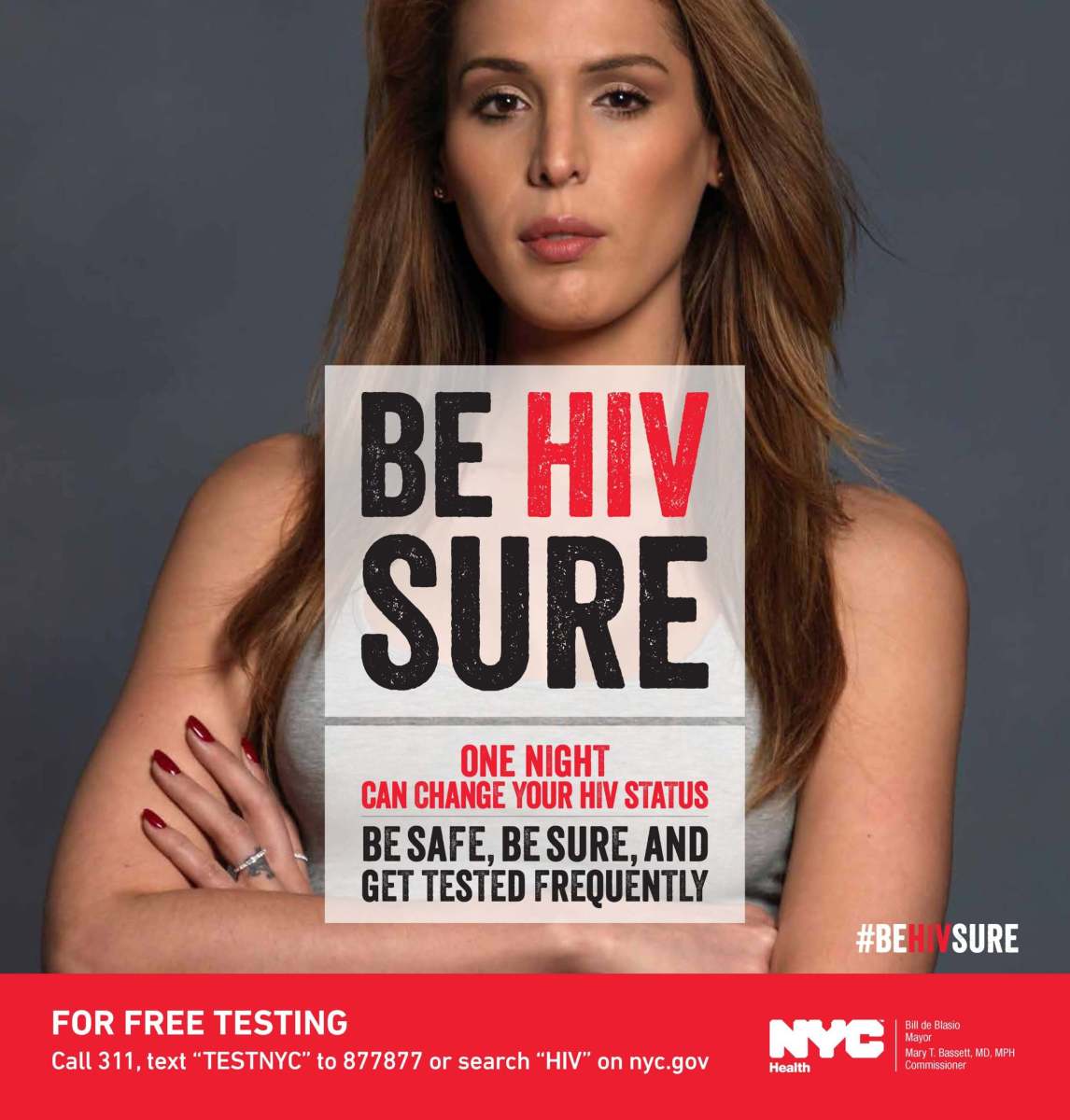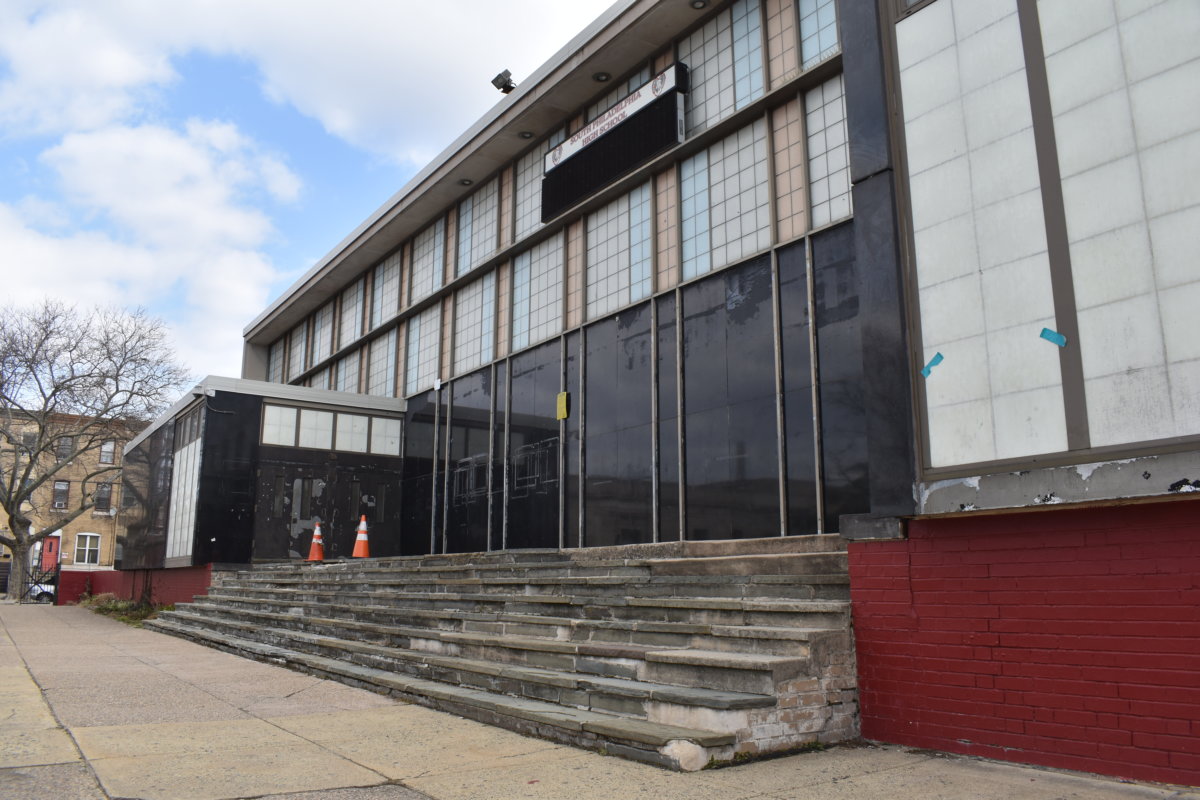This World AIDS Day, New York City has a lot to be thankful for.
The city reported 2,832 new HIV diagnoses in 2013, said Dr. Demetre Daskalakis, assistant commissioner of the city’s Department of Health and Mental Hygiene. “The great news is we continue our trend down.” New HIV cases in New York City are down 67 percent from 2001, when 5,852 cases were diagnosed, Daskalakis said in an interview. Last year, 1,784 New Yorkers were diagnosed with AIDS. Now that the “belly” of the epidemic is under control, and fewer people are contracting HIV/AIDS or dying from it, Daskalakis said the health department is focusing on other groups at risk for the disease, including minorities and young people. In the early 1980s, AIDS was recognized, and later stigmatized, as a disease transmitted among gay men. Today, about 70 percent of new HIV cases come from men who have sex with men, Daskalakis said. Last year, 39 percent of new cases were in people younger than 29. Of the 552 women infected with HIV in 2013, 87 percent were black or Hispanic. “We’re really focusing on the edge of the epidemic,” Daskalakis said. “The younger ones are the most at-risk individuals … It’s the edge I worry about everyday.”
Economic disparities, along with different populations at risk for HIV, have “redefined” his department’s work, Daskalakis said.
For this year’s World AIDS Day, the department is funding an advertising campaign called “Be HIV Sure.”
“Stigma tends to cause HIV infection, not judgmental behavior,” said Daskalakis, explaining the new campaign is about knowledge, not a positive or negative status.
“Be HIV sure, be sure of your story and get connected to care, whatever that means for you,” Daskalakis said. “We’re going to test the heck out of the city … (and prove) if we test everybody, and provide options to prevent or care for (AIDS), we can end the epidemic.” Coupled with fewer deaths from HIV/AIDS, Daskalakis said New York State is on track for significantly reducing the number of cases by 2020.
In October, Gov. Andrew Cuomo created a task force and with a plan for reducing the number of new HIV infections to 750 a year by 2020.
“Good data leads to more questions,” said Kelsey Louie, CEO of Gay Men’s Health Crisis and a member of Cuomo’s task force. “The positive spin is we know where the problem still persists and can target our efforts. The negative spin is we haven’t been effective reaching these populations.”
New HIV diagnoses continue drop in NYC

NYCDOHMH


















